Steemit Learning Challenge-S21W2; Knee Osteoarthritis"
1 comment
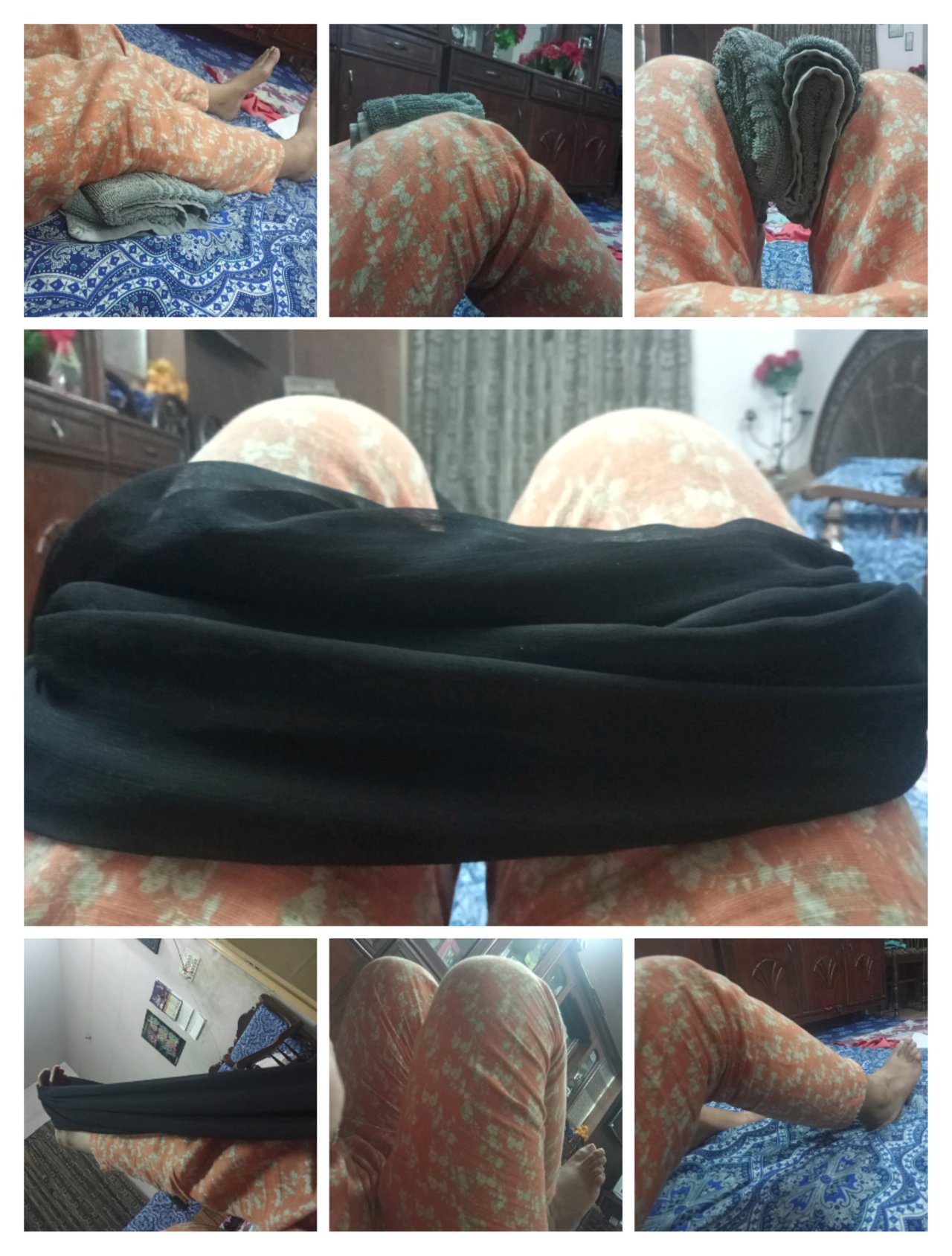
Knee osteoarthritis is a joint disease that occurs as a result of degenerative changes in body which affect knee joint and leads to give symptoms of pain stiffness and restricted mobility.
| Physiological process behind knee OA |
|---|
When there is a healthy knee then cartilage is present in this joint in between femur and tibia bone that articulate to form knee joint. Cartilage act as a cushion in knee joint. With the progression of the age following changes occur in our body joints;
• First of all cartilage wear and tear occurs which cause bones rub with each other and as with degenerative changes a person lose cushioning that's why the rubbing of bone causes friction which result in pain full movement.
• There is a fluid present in joint which is called synovial fluid which becomes limited and in this way joint and ligaments around joint becomes inflammed.
• If we don't prevent this condition then it leads to bony Spurs and bony projection formation which restrict further movement because of increase in pain.
| Symptoms |
|---|
• Pain and stiffness increase always after any physical activity or exertion which relief during rest.
• Restricted flexibility and mobility of knee.
• Clicking,grinding or crepitus sound.
• Swelling and inflammation at the effective area as well as temperature elevation and redness at effected area.
• Feeling of instability in overall knee joint.
| Knee OA causes |
|---|
• Older age.
• Obesity.
• Prolonged standing routine.
• Less mineralization of bones overall.
• Lack of calcium and vitamin D.
• Genetics.
• Sedentary lifestyle.
| Knee OA preventions |
|---|
• Taking care of lifestyle by modifying dietary habits.
• Taking care of minerals intake in body properly.
• Subsiding obesity.
When you have to diagnose knee osteoarthritis then a combination of clinical evaluation, imaging study and laboratory test can be utilised in this regard;
| Clinical Evaluation |
|---|
• In clinical evaluation you should assess symptoms duration and impact on daily life by asking all these things from patient.
• In physical examination first of all you need to inspect knee alignment, swelling around knee or any deformity if it is visible or palpable.
• We will palpate if there is any presence of tenderness(Pain at palpating) or crepitus (Grinding or clicking sound).
• After that we will assess range of motion strength and stability if it is normal or not.
| Imaging Studies |
|---|
• After that we will check X-rays of patient that there proper or normal space present in between femur and tibia bone. If there will be fusion of both bones or joint then we will say or diagnose that this is last stage or grade 4 osteoarthritis of knee joint.
• If there will be very little reduction in space then we will say that this is very starting of days and relative changes and stage one of osteoarthritis of knee. Likewise if there is very little space remaining in between two bones then we will say that this is grade 3 or stage 3 osteoarthritis as bones are not completely fused and are not overlapping.
• If there will be bubbles like structures then we will understood that these are osteoporotic changes so degeneration is very soon to be occurred so for this condition we will recommend our patient to take care of their minerals so that we can prevent premature occurrence of osteoarthritis of knee joint.
• If there will be no investigation tests patient have, then we will suggest anteroposterior and lateral views x ray of knee joint because in both these views most of the wait bearing is present.
• Lastly we will check morning stiffness < 30 minutes, if it is present along with narrowing of space in joints,with presence of symptoms of swelling pain and redness then we will confirm it's knee OA.
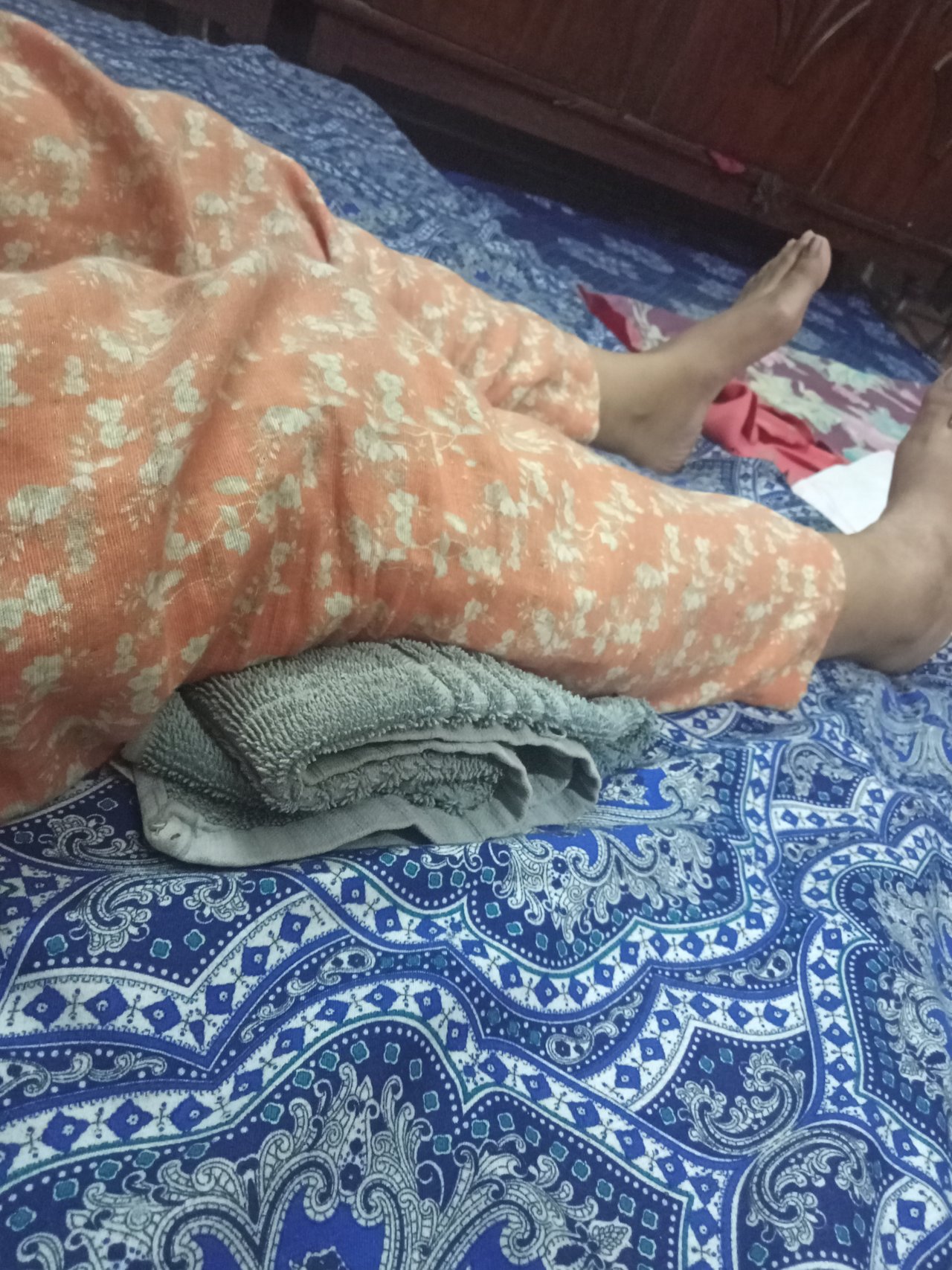
| Knee isometric |
|---|
• Keep a pillow,roller or towel under your knees and press it in downward direction.
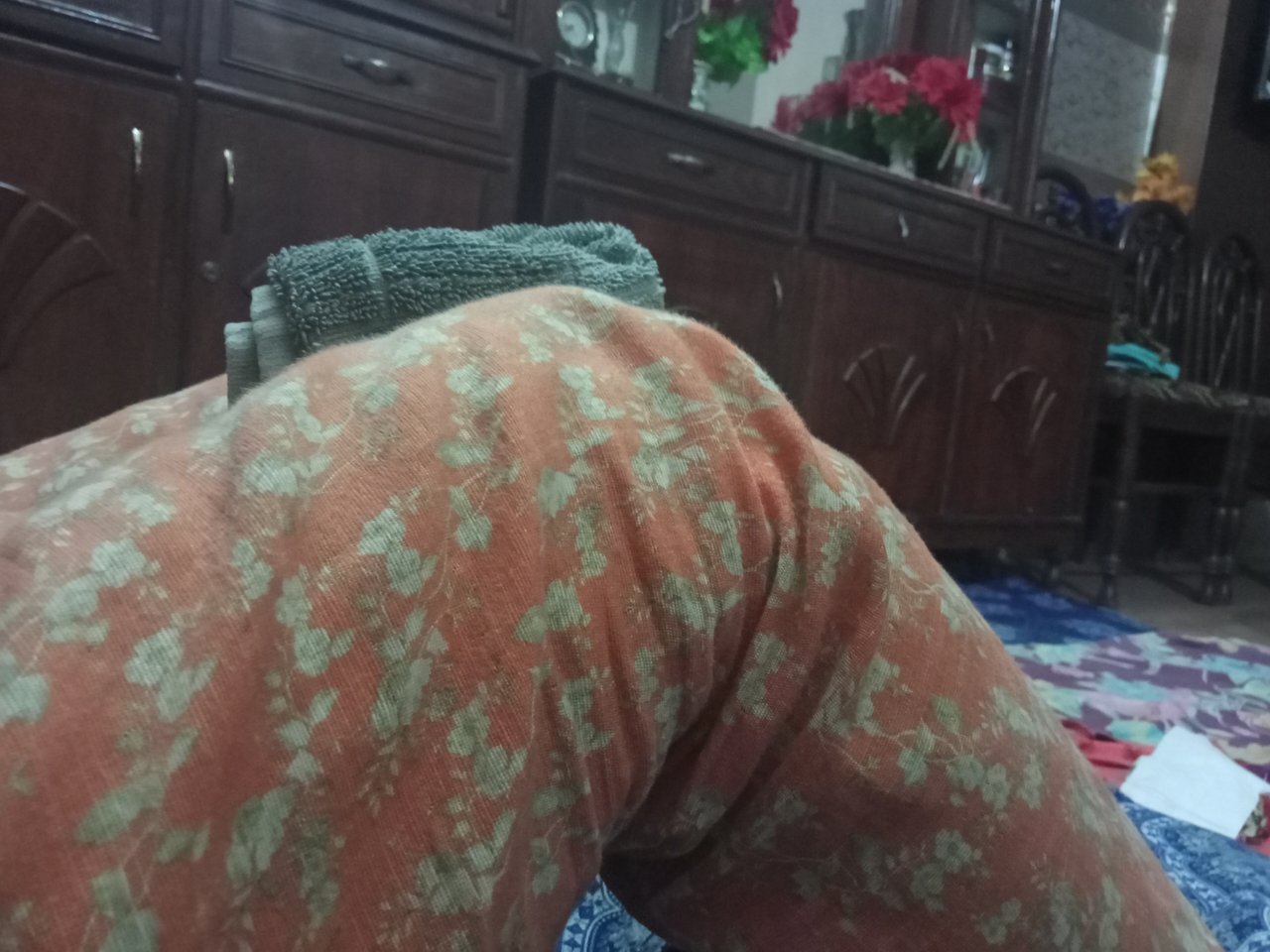 | 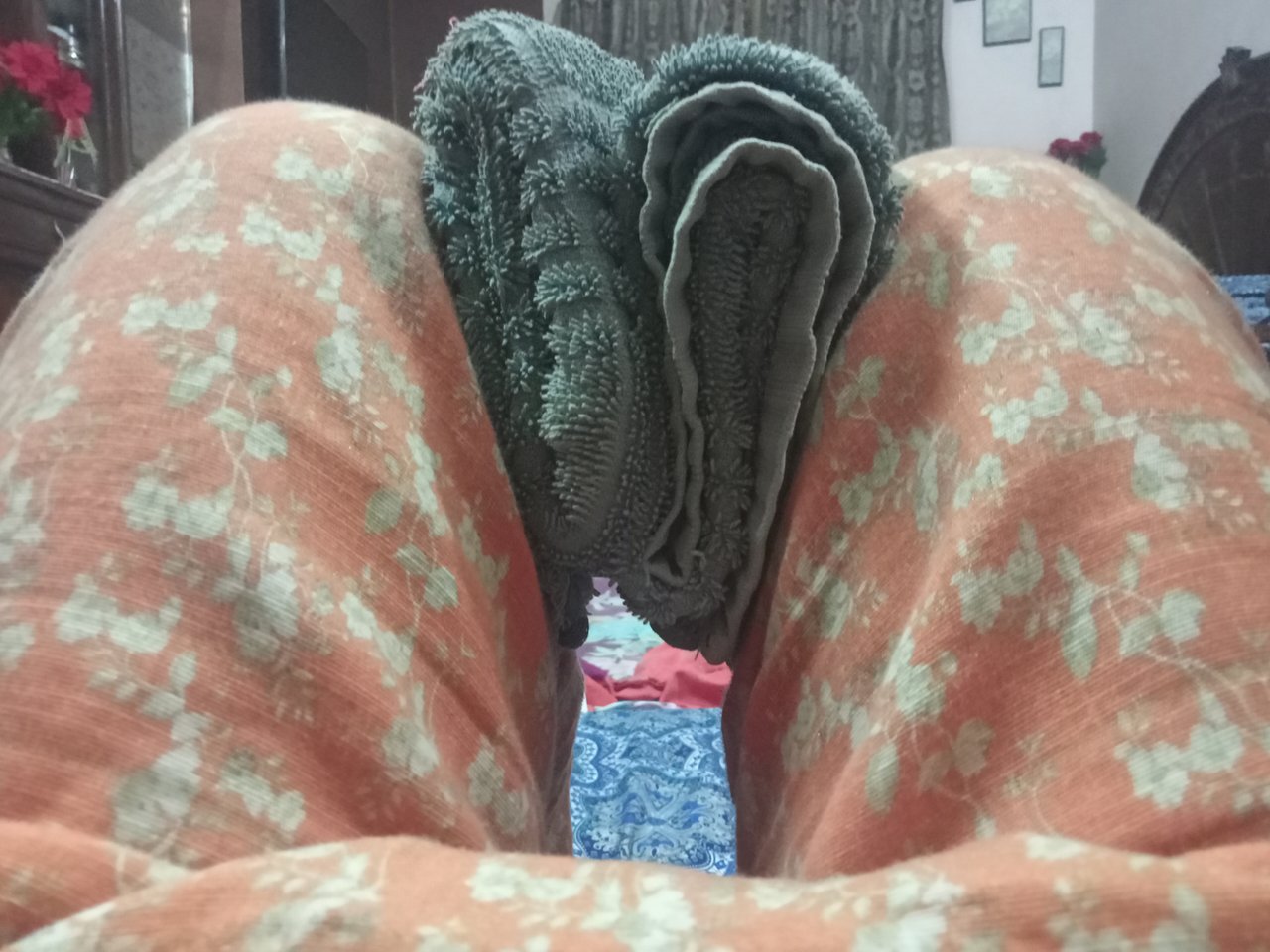 |
|---|
• Keep a towel by rolling it in between your legs and press it with both legs as this is important for VMO strengthening.

• Keep an elastic band or strap around your knees when these are bent or flexed and try to apart your knees with resistance of elastic band and this is important for your abductors strengthening.
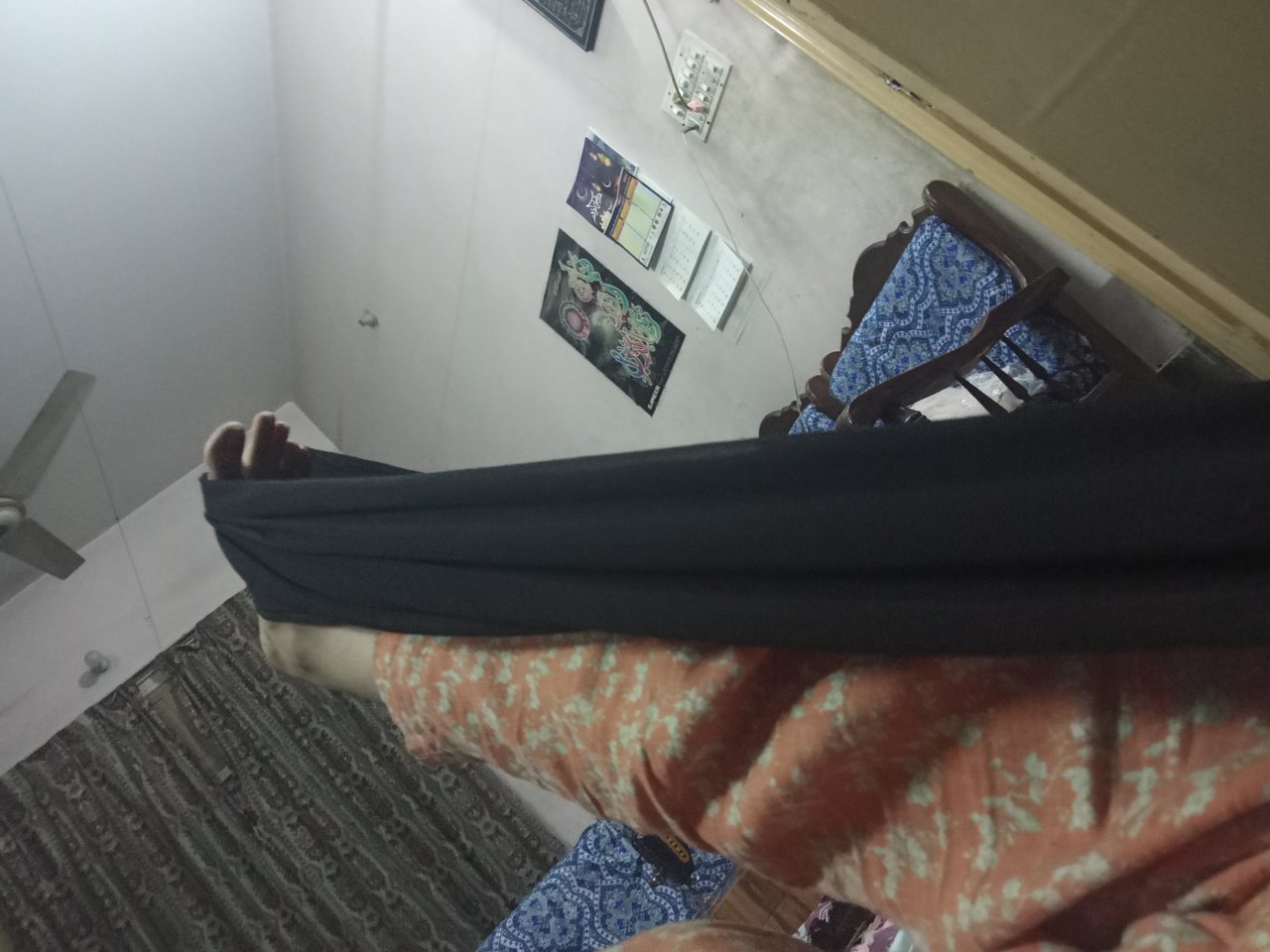
• For hamstring muscles stretch keep a towel ,piece of cloth or elastic band at planter surface of your foot after raising your leg and keep foot in dorsiflexion for giving stretch and hold it for at least 20-30 seconds for best results.
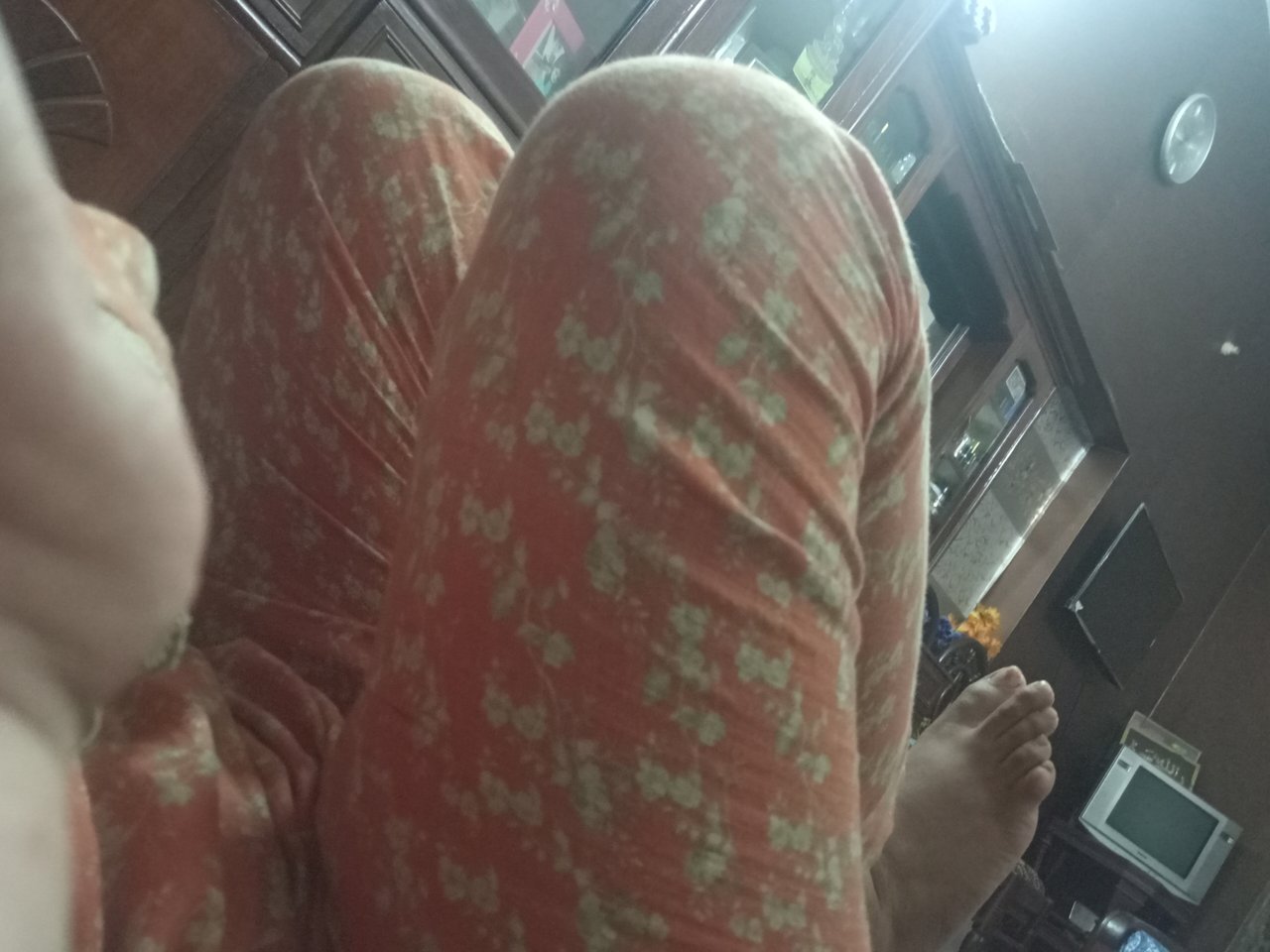
• This is William flexion exercise which is knee to chest movement which can be performed one by one (Unilateral) or together (Bilateral).
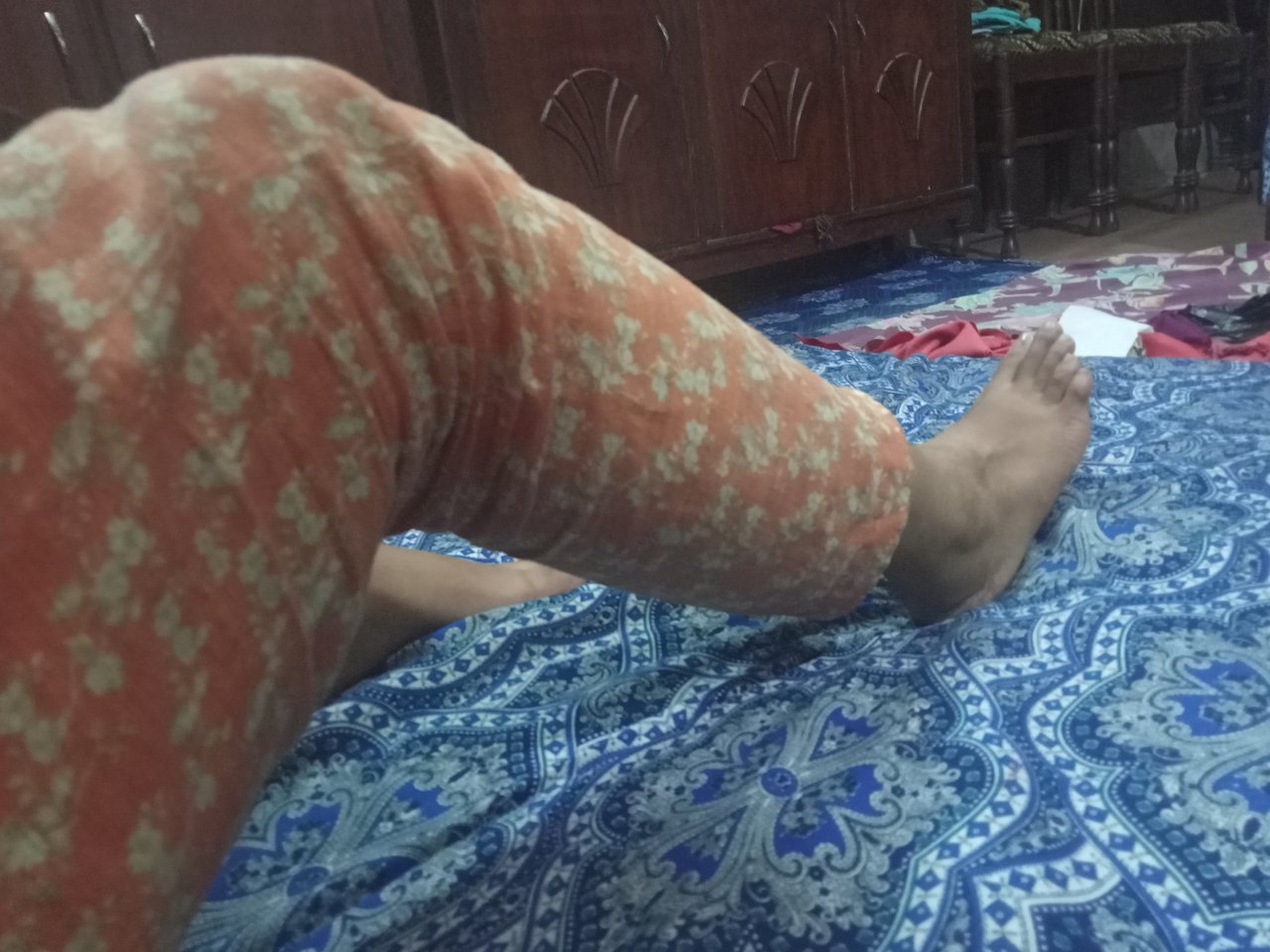
• This is heel slide in which you drag or slide your heels one by one.
• When I performed knee To chest exercise or William flexion exercise then as I am a healthy individual so I felt increase in my flexibility and normal range of motion of my hip and knee joint.
• I also felt improve in muscular function.
• When I performed knee isometrics then being a healthy individual I feel that now there is more strength in my quadriceps and hamstring muscles and I am feeling more balance and stability in my knee joint.
• When I performed hamstrings stretch then first I felt reduction in muscle tension in my lower back and glutes muscles as well as I also felt that my muscles are more relax now.
Note:-
I explained about my personal review as I performed all these exercises at myself but I was a healthy individual that's why my reviews will be different with the reviews of a patient because a patient will always feel reduction in pain after all these exercises but if we will not try to perform these exercises with proper plan of care or if we will perform exercises repeatedly in very start then patient may also get fatigued instead of getting relief from pain so being a physiotherapist I know that we should keep all these points in our mind while dealing with patient.
Special invitation to;
Comments